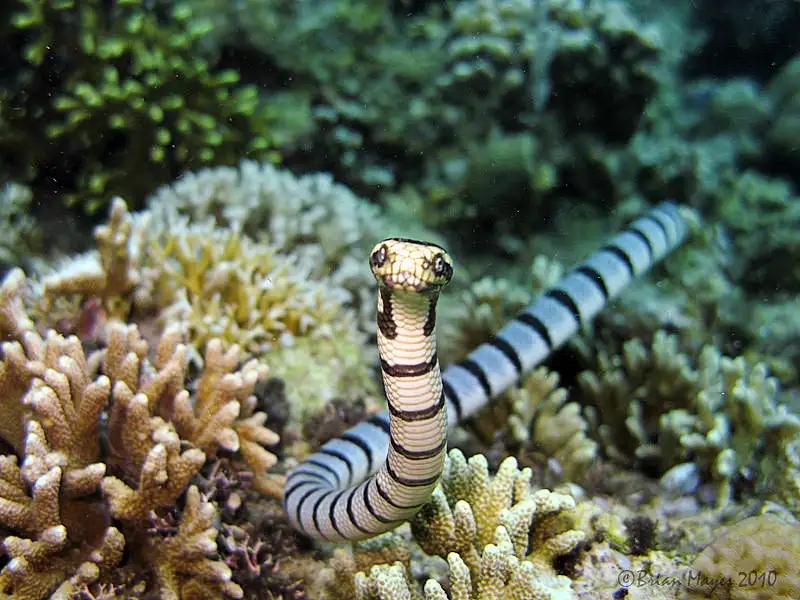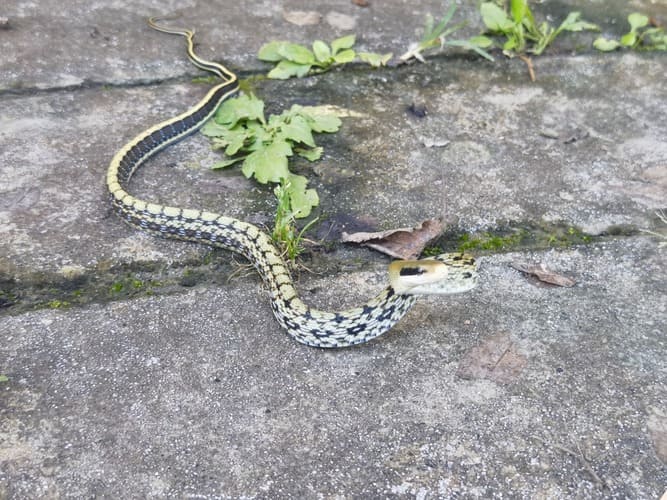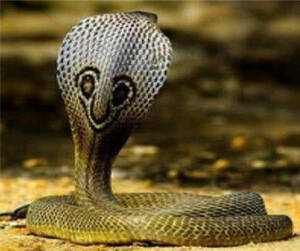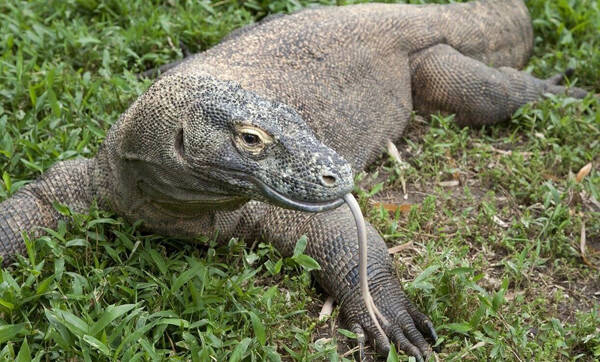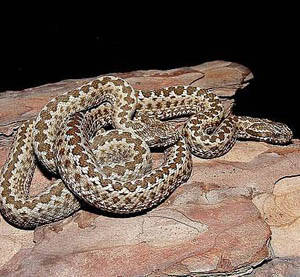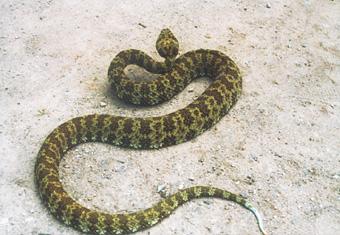Varanus salvator
IUCN
LCBasic Information
Scientific classification
- name:Varanus salvator
- Scientific Name:Varanus salvator,Common Water Monitor,Five-clawed golden dragon, monitor lizard, four-legged snake, scale insect, big four-legged snake
- Outline:Squamata
- Family:Varanidae Varanus
Vital signs
- length:148cm
- Weight:20-30kg
- lifetime:Up to 150 years
Feature
Aggressive and ferocious. Good at swimming and climbing trees.
Distribution and Habitat
Round-nosed monitors are distributed in South Asia and Southeast Asia. The specific distribution countries and regions are Bangladesh, Cambodia, China (Hainan, Yunnan, Guangxi, Hong Kong, etc.), India (Andaman Islands, Nicobar Island, etc.), Sri Lanka, Indonesia (Sulawesi, Kalimantan, Bali, Senggigi, North Sumatra, etc.), Laos.
Round-nosed monitors mainly live on land. Generally, they prefer to live near streams in mountainous areas, as well as estuaries, reservoirs, and mountain ponds along the coast.
Appearance
The round-nosed monitor is huge, with a total length of 1482 (662+820) mm and a weight of 20-30 kg. The head is narrow and long, slightly triangular; there is a distinct arc-shaped constriction between the head and the neck. The snout is long and the tip of the snout is round. The snout scales are small. The dorsal scales of the head are large, hexagonal, flat and without edges. The supraorbital scales are wide, 7 in number, arranged in an arc, with a group of small scales inside and a circle of smaller scales around the periphery. The scales on the occipital part are slightly smaller. The nostrils are large, surrounded by 10 small scales. The pupil is round; the supraorbital ridge is well developed, extending backward to the back of the posterior corner of the eye and extending forward to between the eye and nostril. There are 3 rows of small scales below the eye and between the upper lip scales. The scales in the temporal region are small, smooth and without edges. The ear holes are
Details
Common Water Monitor, with 5 subspecies.
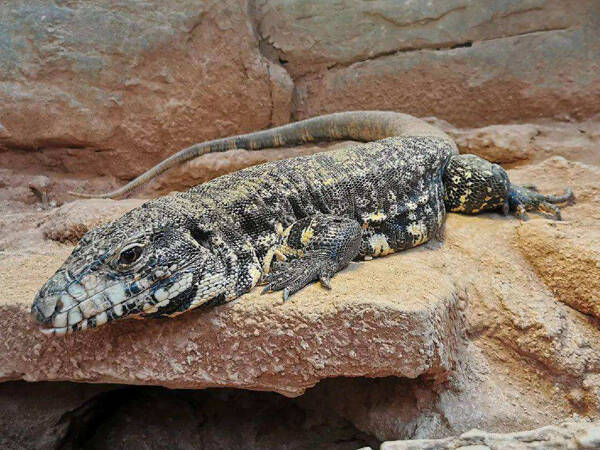
Unlike other animals, Common Water Monitor is active both day and night, but it goes out most frequently in the early morning and evening, swimming in the water or climbing up trees to find food. The round-nosed monitor has a wide range of diets, from fish, frogs, shrimps, mice to other small reptiles and even insects and bird eggs. Occasionally, they also eat animal carcasses and even steal poultry from nearby villages.
The round-nosed monitor is aggressive and ferocious by nature. When in danger, it often whips the opponent with its powerful tail. When it feels that the situation is not good, the round-nosed monitor will also have many ways to save itself, such as immediately climbing up a tree, scratching the tree with its claws, making a noise that intimidates the opponent; or puffing up its neck to make its body thick; or sticking out its long tongue while making a "hissing" sound to intimidate the opponent; sometimes it will spray out the food it has just eaten to lure the opponent, and then quickly escape when the opponent is not prepared. But more often, it fights with the opponent. Before fighting, the round-nosed monitor will lean back to face the enemy and take a fighting stance. After a period of stalemate, when the opponent is not so focused, the round-nosed monitor will slowly approach the opponent, raise its tail, and unexpectedly whip the opponent, causing the opponent to panic, flee, or even die from this blow. However, occasionally when encountering a very strong opponent, the round-nosed monitor is also very good at identifying the situation and quickly crawling into the water to hide.
The round-nosed monitor is oviparous. Females lay eggs in caves on the shore or in tree holes during the rainy season from June to July. Each nest lays 15-30 eggs, and the size of the eggs is 70 mm × 40 mm. The incubation period is 40-60 days. The life span of the round-nosed monitor can reach 150 years.
Round-nosed monitors are relatively timid and rarely move during the day. Under artificial breeding conditions, they can eat live animals such as crucian carp, frogs and mice, as well as beef, lean pork and quail eggs. They often suffer from parasites, colds and secondary pneumonia. The suitable temperature for artificial breeding is 25-30℃ and the relative humidity is 50-90%; the basic temperature for safe wintering is 20℃ and the relative humidity is 60-90%.
Round-nosed monitors are believed to be abundant in many places (globally), including some cities such as Bangkok, but there is no specific population data. In China, because the original number of round-nosed monitors was small and they had high economic value, people in the distribution area caught them at will, causing the originally small number of round-nosed monitors to the brink of extinction. In China, not only has a round-nosed monitor lizard protection area been established, but artificial breeding is also strongly encouraged to save the rare round-nosed monitor lizard.
In 1989, the round-nosed monitor lizard was listed as a first-class protected animal in China.
Listed in the "Red List of Endangered Species of the World Conservation Union" (IUCN 2009 ver 3.1) - Least Concern (LC).
Listed in the "Red Data Book of Endangered Animals in China" - Critically Endangered.
Listed in Appendix II of the Convention on International Trade in Endangered Species of Wild Fauna and Flora (CITES).
Listed in the first level of the List of Nationally Protected Wildlife in China.
Protect wildlife and eliminate game.
Maintaining ecological balance is everyone's responsibility!

